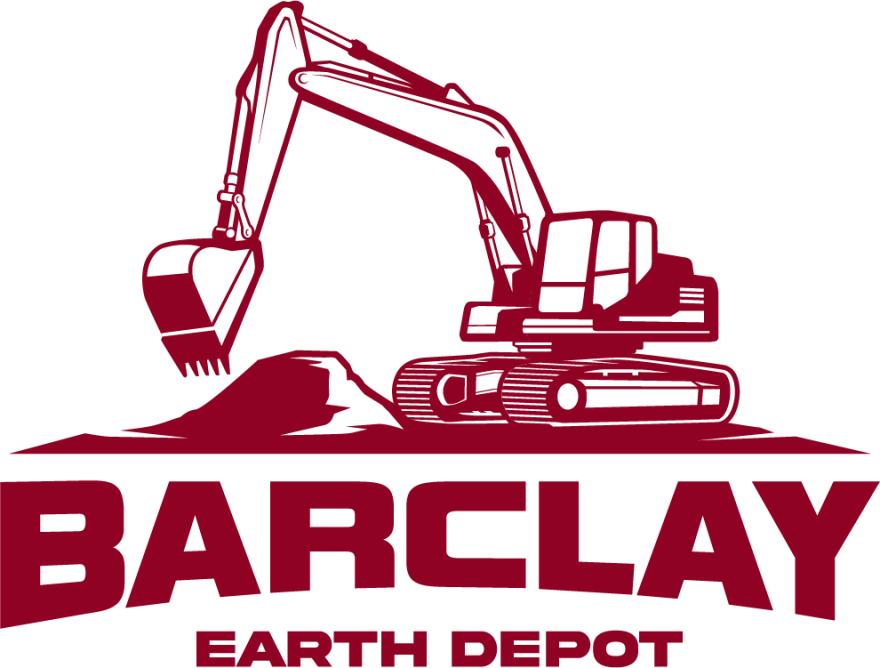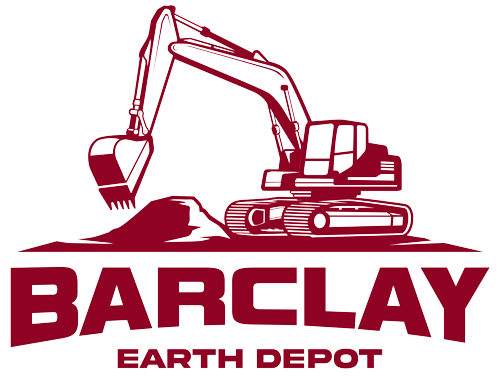Aggregates — which are collections of materials such as crushed stone, gravel, or sand — represent the basis of several different types of construction projects, including roads and buildings. As contradictory as it may sound, aggregates — which can be either “coarse” or “fine” — are mostly formed by the separation of materials. Filters and screens are typically used to accomplish this. Aggregates need to be processed before they can be used for construction projects. Here is a close look at aggregate material processing.
Aggregate Processing Stages
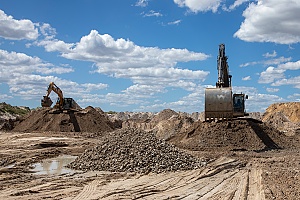 Aggregate material processing often involves three distinct stages: extraction, crushing, and screening.
Aggregate material processing often involves three distinct stages: extraction, crushing, and screening.
Aggregate Extraction
Extraction represents the first phase of aggregate processing. This step involves removing aggregates from their source, which is typically natural (e.g. a quarry). To extract aggregates, excavators and other types of heavy equipment are normally used. At many construction sites, fractured concrete can often be recycled to create aggregate.
Aggregate Crushing
Once aggregates are extracted, they are crushed into smaller pieces and normally end up as masses that are larger than what is desired as a final product. This stage is performed by using machines such as cone crushers, impact crushers, and jaw crushers.
Aggregate Screening
Screening involves separating or “classifying” aggregates into various sizes. This process may include several steps, depending on the source material, the type of equipment used, and the intended type and number of aggregate size categories.
In some cases, aggregate processing includes other steps such as conveying, which is the process of transporting materials, washing, and calcination, which is exposure to intense heat.
Machinery Used In Aggregate Processing
Common examples of machinery used to process aggregate materials include:
Conveyors
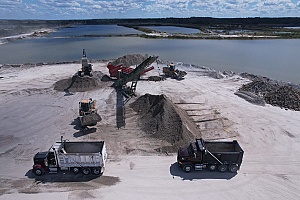 A wheeled or track conveyor is an automated and highly effective method for transporting aggregates directly to the crushing/screening site. Conveyors are also helpful for controlling the flow of aggregate materials in order to avoid overwhelming screeners and crushers.
A wheeled or track conveyor is an automated and highly effective method for transporting aggregates directly to the crushing/screening site. Conveyors are also helpful for controlling the flow of aggregate materials in order to avoid overwhelming screeners and crushers.
Earthmoving Equipment
Earthmoving machinery such as excavators and crawlers helps with the aggregate materials’ extraction process. These machines can either be wheeled or crawler.
Crushers And Screens
Crushers break down aggregates into noticeably smaller pieces. Meanwhile, screens divide materials into various size categories. Some screens can separate all aggregates simultaneously.
Wash Plants
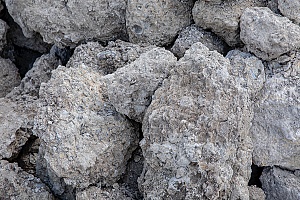 Only certain types of aggregate materials need to be washed in order to meet standards. Certain wash plants can be assembled onsite, while others are portable.
Only certain types of aggregate materials need to be washed in order to meet standards. Certain wash plants can be assembled onsite, while others are portable.
It’s always essential that aggregate materials are processed, adequately sized, and cleaned, as failure to do this can cause the concrete needed for a project to have insufficient strength, which can, in turn, lead to structural failure.
Get Efficient Aggregate Processing From Barclay
Speak to the professionals at Barclay Earth Depot in Florida to learn more about aggregate material processing and to receive this efficient service. We’re a woman-owned aggregate wholesale business dedicated to providing high-quality aggregates such as crushed stone, gravel, sand, and shell composition to various organizations. Our experienced team oversees the entire process of acquiring all materials needed for a construction project from beginning to end. Call Barclay Earth Depot today at 941-WE-DIG-IT or contact us online for more information about our offerings.
